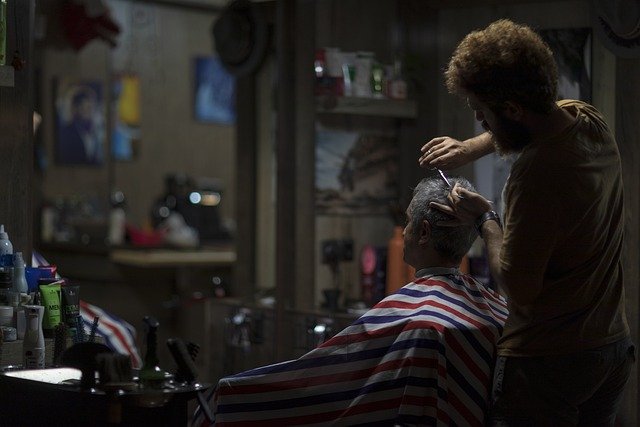Hairdresser Jobs: Roles, Skills, and Working in Salons
A career as a hairdresser blends creativity, technical skill, and customer service in a fast-paced salon environment. Hairdressers provide haircuts, coloring, styling, and treatments while managing schedules, consultations, and hygiene standards. This article explains core responsibilities, the skills and training required, salon operations including safety and consultation practices, and considerations for working in different markets such as Japan or local services.

Hairdresser skills and professional training
Successful hairdressers combine hands-on skills with ongoing professional development. Technical abilities include precise haircutting, color theory for coloring services, and knowledge of chemical treatments. Equally important are interpersonal skills for consultation, listening to customer preferences, and managing expectations. Many professionals pursue formal training at vocational schools or salon academies and update their skill set through workshops to keep pace with styling trends and product innovations. A clear portfolio and practical experience help demonstrate competence to salons and clients.
Salon services and customer consultation
Salon work centers on delivering consistent, client-focused service. A typical consultation covers hair history, desired outcomes, maintenance routines, and any allergies or contraindications to treatments. Effective consultations ensure the service—whether a haircut, styling session, or conditioning treatment—aligns with the customer’s lifestyle and schedule. Front-end salon tasks also include booking appointments, coordinating with colleagues for multi-service visits, and maintaining clear records to support repeat customers and personalized service over time.
Haircut, styling, and treatment techniques
Delivering a reliable haircut and professional styling requires practice in sectioning, texturizing, and finishing techniques. Stylists select tools and products appropriate for hair type and the chosen look, balancing long-term hair health with cosmetic results. Treatments may include conditioning masks, keratin processes, and scalp therapies; these require an understanding of product ingredients and expected outcomes. Documentation of treatment histories and follow-up advice for at-home maintenance are part of professional service standards that support positive customer experiences.
Coloring services and safety practices
Coloring services demand knowledge of dye chemistry, color correction, and application methods to achieve predictable results. Safety best practices include patch testing for sensitivities, clear documentation of previously applied dyes or treatments, and proper ventilation when working with strong-smelling products. Accurate mixes, timing, and aftercare instructions reduce the risk of damage and help maintain hair integrity. Adhering to manufacturer guidelines and salon protocols enhances both the visual outcome and the long-term health of a customer’s hair.
Hygiene, safety, and salon operations
Hygiene and safety are foundational in salon settings. Routine sanitation of tools, proper disposal of single-use items, laundering of capes, and surface disinfection reduce cross-contamination risks. Staff scheduling and clear service checklists support consistent adherence to protocols, while training in first-aid and chemical handling contributes to a safer workplace. Transparent communication with customers about any contraindications for treatments, and maintaining salon insurance and documentation, are practical components of professional service delivery and client trust.
Career paths, work environment, and providers in your area
A hairdresser’s career can include roles in independent salons, larger chains, freelance styling for events, or teaching at academies. Working in different regions, including Japan, may involve distinct licensing, language considerations, and cultural expectations around customer service and salon etiquette. For those researching salon brands or training providers in your area, notable organizations offer a mix of services, education, and professional development opportunities. The following table lists several established providers and typical services or benefits they are known for.
| Provider Name | Services Offered | Key Features/Benefits |
|---|---|---|
| Toni&Guy | Haircutting, styling, color services, education | International salon chain with structured training programs and contemporary styling techniques |
| Aveda Concept Salons | Haircutting, coloring, treatments, spa services | Emphasis on plant-based products and sustainability; professional education and product lines |
| Vidal Sassoon Academies | Technical haircutting education, stylist certification | Known for precision cutting methodology and instructor-led courses |
| Shiseido Parlour (Japan) | Hair and beauty services, treatments, consultancy | Long-standing Japanese brand combining beauty services with local customer service standards |
Conclusion
Working as a hairdresser involves a blend of technical craft, client communication, and operational awareness. Mastery of haircutting, coloring, and treatment techniques pairs with rigorous hygiene and safety practices to provide reliable salon services. Career progression can follow service-focused paths, education roles, or specialization in treatments and styling across different markets, including local services and regions such as Japan. Continuous learning and professional conduct support a sustainable, customer-centered career in this field.






